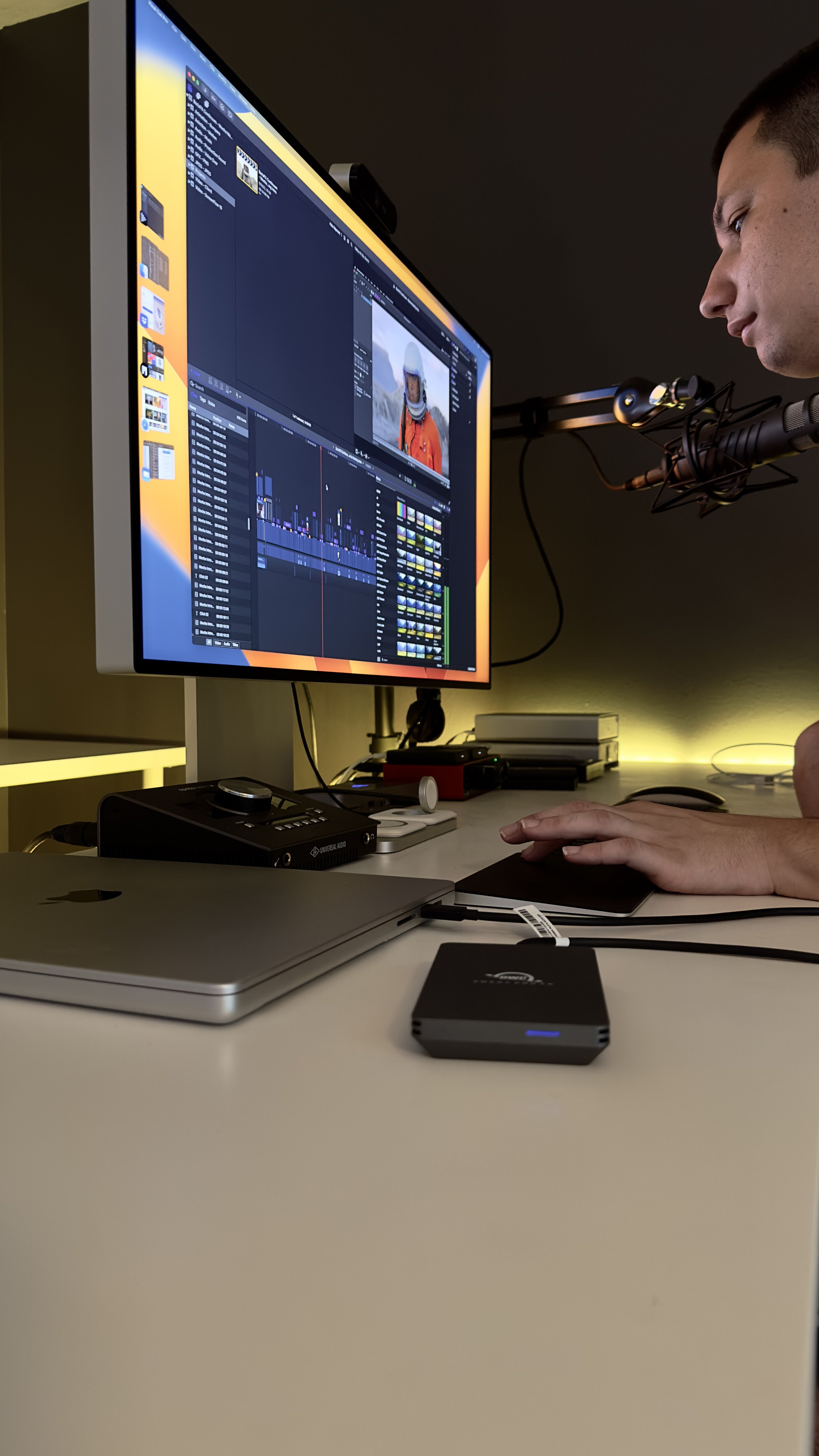Apple Gave Me a Life I Never Knew I Had
My name is Jacob Rush, and this is my story of how Apple has given me a life I didn't know I had. I was born with a mild form of cerebral palsy.
I felt there was always something distant between me and my passion for making technology more accessible to users like me. Attending school was never easy for me; even looking physically different was a target for harassment.
And yes, I did get picked on in public school for being "different." That was enough for a group of students to terrorize me, lock my leg and hand, and constantly remind me every day that I was different.
Then, when you added all the various tools I was given in school, something as simple as a piece of paper and a pen, it was hard not being able to hold the form and have stability in my hands to write usually.
My parents knew I had been struggling with my limited resources when the school was using other technology that was not accessible to me and my one-handed situation. I went to another school district to try a different school, and things changed.
I was presented to the technology specialist at the Apple Distinguished School, and the Apple Representative from the school was there with the technology specialist. He introduced me to the Macintosh, an iMac G4 20" with OS X Panther. I was amazed at how the hardware and the software worked in tandem with each other. I felt I was introduced to a whole new world, and a life tool was now presented to me to start living everyday life.
He showed me how to use Keynote, Pages, and Numbers, and it felt so natural to me between the operating system and UI design and being able to use a trackpad on a desktop machine. With only one hand, I discovered that the trackpad was the most accessible for me to hit the modifier key, such as the command key. 
It was life-changing whenever the technical specialist showed me how to do things within the iWork suite and showed me that I could do it with the trackpad versus a traditional mouse.
Even though I have used both, it is harder to keep two fingers on the mouse to click and hit option or command, compared to a trackpad because of the water surface area. It allows me to be here and hit those buttons with less frustration by not being able to reach over with my left hand to beat the option or command buttons. 
Once I got the productivity suite down, I moved to video applications and music creation, which involved Garageband, iMovie, and iPhoto at the time. I was utterly amazed by the design of the videos, and I was completely surprised by the creation of videos.
By the end of that school year, I taught Keynote and iMovie to my peers at the educational institution. A short time after I got into video, I was introduced to the professional applications of Final Cut Studio 2, which included, at the time, Final Cut Pro 6. Final Cut Pro 6 is software that combines the ability to create everything from family movies to Hollywood movies.
I loved how that software worked, but I still didn't truly get the hang of it until the Apple Team developed and launched Final Cut Pro X.
At first launch, I was ultimately able to understand the way that the magnetic timeline worked. It made sense to me, allowing me not to use as many modifications with the software. I could keep my hand on the trackpad and only add the command key when needed or keep my hand on the keyboard. The ability to customize keyboards and have everything I needed was terrific.
The magnetic timeline allowed me to be creative without worrying about whether I was going to mess anything up, and for me being one-handed and not having to select multiple tracks in the editor is very enticing to me.  
The magnetic timeline is straightforward to use, and designed the user interface. Everything is there, but it's tucked away as if IKEA had created it. It has storage for everything, but it's hidden until you need it or reach that level of discovery on your own. So it doesn't mess with your brain. I have had brain issues trying to figure out how applications work, and I easily get overwhelmed if the user interface and design are not there. 
So that's how Apple saved my life. In the upcoming weeks, I will post more about what I have tried regarding hardware and the software that is the most accessible to me.



